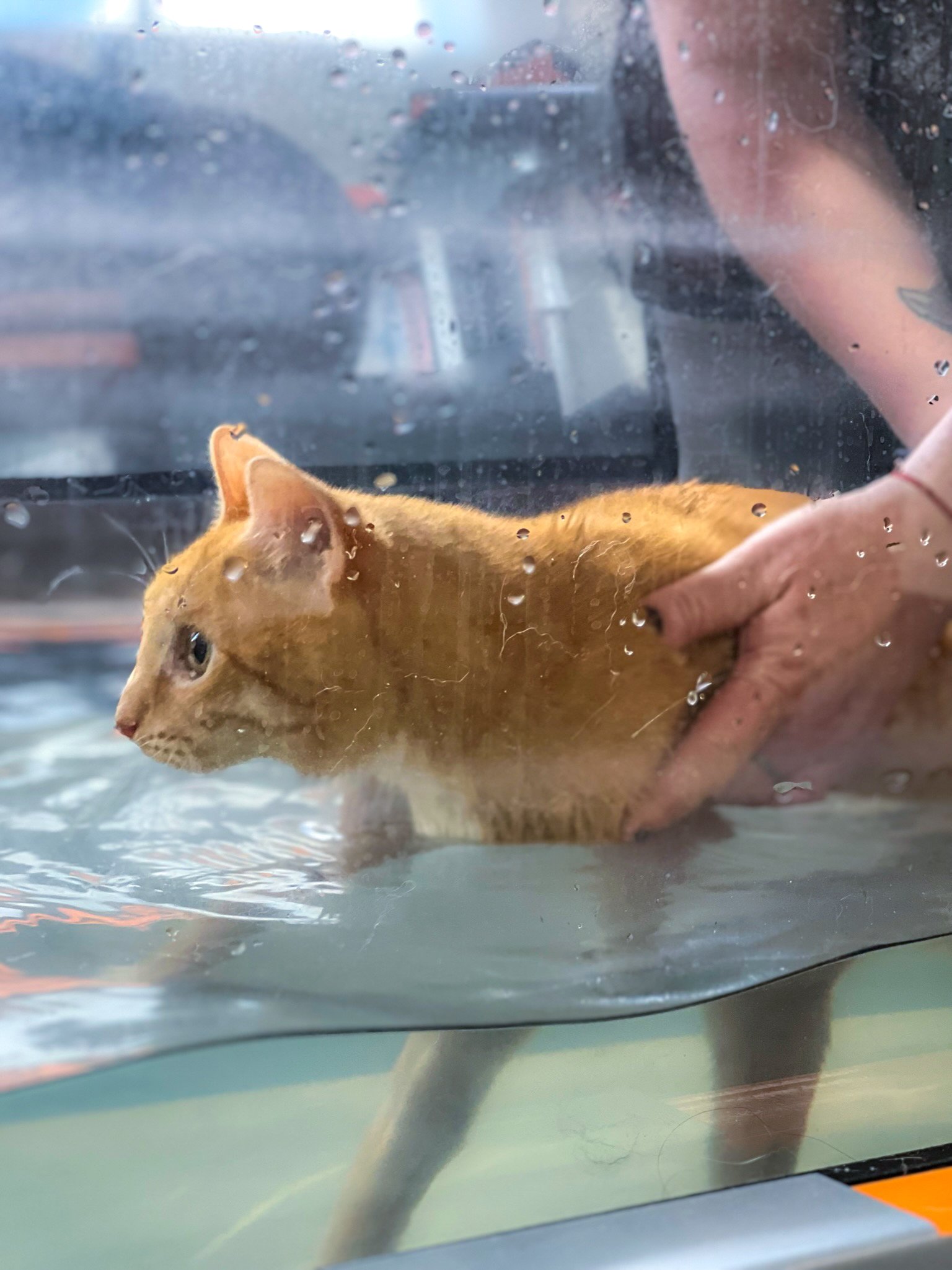Anti-NGF monoclonal antibody therapy: A new option for pain relief in dogs and cats
Dr. Cara McNamee
Nerve growth factor (NGF) is a protein that plays a key role in the development and maintenance of pain nerves. In animals with osteoarthritis (OA), NGF levels are elevated in the joints, which contributes to the pain and inflammation associated with the disease.
Anti-NGF monoclonal antibody therapy is a new type of treatment that works by blocking the activity of NGF. This can help to reduce pain and inflammation, and improve function in animals with OA. Zoetis Animal Health produces Anti-NGF monoclonal antibody therapy Librela for dogs and Solensia for cats. Both have been available in Europe for a number of years, and Solensia has been available in the US for the past year.
Osteoarthritis (OA) stands as the leading source of persistent pain in companion animals, impacting approximately 80% of dogs aged 8 and older, and potentially affecting up to 35% of dogs across all age groups.
How does anti-NGF monoclonal antibody therapy work?
Monoclonal antibodies are laboratory-produced proteins that are designed to target and bind to specific molecules. In the case of anti-NGF monoclonal antibody therapy, the antibodies bind to NGF, preventing it from interacting with its receptors on pain nerves.
This blockade of NGF activity can lead to a number of beneficial effects, including:
Reduced pain and inflammation
Improved joint function
Increased activity levels
Improved quality of life
What are the benefits of anti-NGF monoclonal antibody therapy?
Anti-NGF monoclonal antibody therapy has a number of advantages over other pain medications, including:
It is long-lasting, with effects lasting for several weeks or even months after a single injection.
It is well-tolerated, with few side effects.
It can be used in combination with other pain medications, such as nonsteroidal anti-inflammatory drugs (NSAIDs).
Is anti-NGF monoclonal antibody therapy right for my pet?
Anti-NGF monoclonal antibody therapy is a safe and effective treatment option for dogs and cats with OA pain. However, it is important to talk to your veterinarian to determine if this treatment is right for your pet.
Anti-NGF monoclonal antibody therapy may not be appropriate for all pets, such as those with certain medical conditions like auto-immune disease or those who are pregnant or lactating.
Feline osteoarthritis (OA) is a painful and debilitating condition that affects over 60% of cats aged 6 and above, and a staggering 90% of cats aged 12 and older. Only 8 to 10% of these affected cats receive treatment for their pain.
How is anti-NGF monoclonal antibody therapy administered?
Anti-NGF monoclonal antibody therapy is administered by injection under the skin. The injections are typically given every 4-6 weeks.
How long does it take for anti-NGF monoclonal antibody therapy to work?
Most pets will start to see an improvement in their pain levels within a few days of receiving their first injection. However, it may take up to 2-3 weeks for the full effect of the treatment to be seen, or after the second or third treatment.
Is anti-NGF monoclonal antibody therapy expensive?
Anti-NGF monoclonal antibody therapy is a relatively expensive treatment option. However, the long-lasting effects and the fact that it can reduce the need for other pain medications can make it a cost-effective option in some cases.
How does rehabilitation fit in with Anti-NGF therapy?
Rehabilitation can work well in conjunction with anti-NGF monoclonal antibody therapy. Anti-NGF therapy can help to reduce pain and inflammation, which can make it easier for your pet to participate in rehabilitation exercises.
Rehabilitation can also help to maintain the benefits of anti-NGF therapy. For example, if your pet starts to experience a decrease in pain relief after a few weeks of anti-NGF therapy, rehabilitation can help to keep them active and mobile, and prevent further injury to the joints.
Here are some specific examples of how rehabilitation can work with anti-NGF therapy:
Range-of-motion exercises can help to prevent joint stiffness after anti-NGF therapy.
Strengthening exercises can help to support the joints and reduce the risk of injury after anti-NGF therapy.
Proprioceptive exercises can help to improve balance and coordination, which can reduce the risk of falls after anti-NGF therapy.
Massage can help to reduce muscle tension and improve joint range of motion after anti-NGF therapy.
Hydrotherapy can help to improve cardiovascular fitness and joint range of motion without putting too much stress on the joints after anti-NGF therapy.
If you are considering anti-NGF monoclonal antibody therapy for your dog or cat, talk to your veterinarian about how rehabilitation can be incorporated into their treatment plan!




